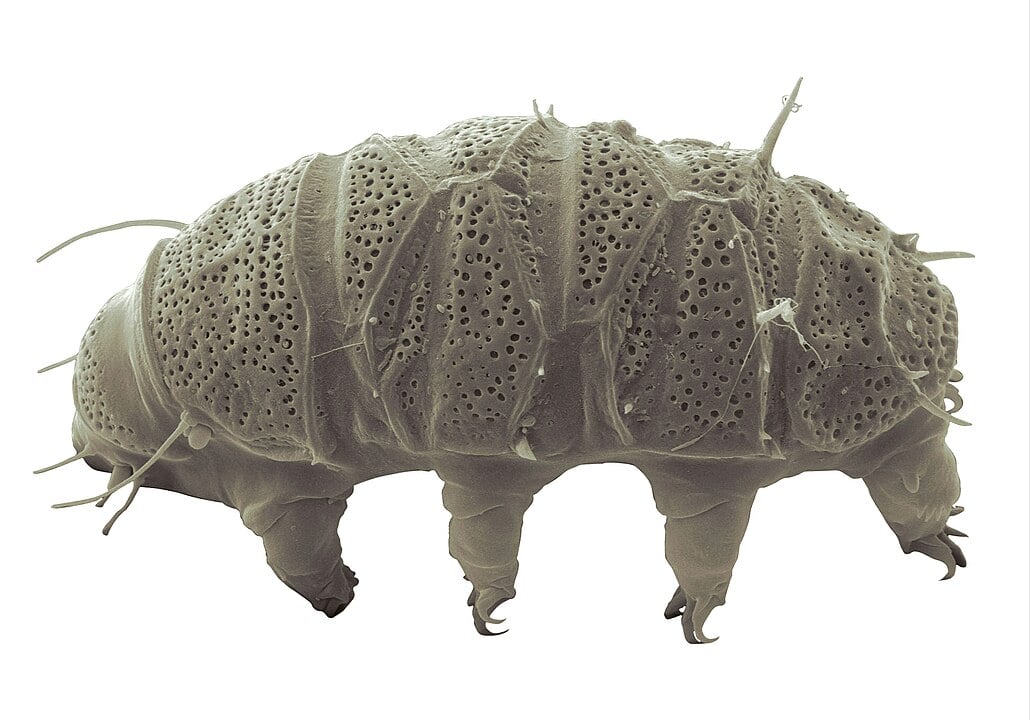As humanity ventures deeper into space, one critical question looms large: how do we prevent Earth's microbes from contaminating other worlds? A groundbreaking new study by Daniel J. Brener and Charles S. Cockell suggests we may need to fundamentally rethink our approach to planetary protection by borrowing concepts from a surprising source; island biogeography.
Today's planetary protection strategies rely heavily on probability calculations. Scientists estimate the chances that microorganisms will survive the journey to Mars, successfully land, and establish populations. For instance, NASA requires that the probability of contaminating Mars during any single mission be no more than 0.1%. While mathematically elegant, this approach has significant limitations.
The problem, according to the team from the Edinburgh University, is that these probabilistic models treat contamination as a numbers game. They focus on reducing the initial microbial load on spacecraft and calculating survival odds, but largely ignore what happens once microbes actually reach their destination.
The researchers propose viewing planets as analogous to islands in Earth's oceans. Just as island biogeography explains how species colonize and survive on isolated landmasses, similar principles could govern microbial survival on distant worlds. Both planets and islands are physically separated locations where small organisms might arrive and attempt to establish populations.
Islands like Galapagos provide great insight into how we might predict contamination risks on alien worlds (Credit : Diego Delso)
This perspective shifts focus from probability to a more fundamental question: can arriving microorganisms actually survive and reproduce in the destination environment? Rather than asking "what are the odds of contamination?" the new approach asks "will these microbes have a mean-time to extinction long enough to establish a lasting population?"
The key insight is that microbial growth isn't actually probabilistic, it’s binary. A microbe either finds conditions suitable for survival and reproduction, or it doesn't. If the birth rate exceeds the death rate, populations will grow. If not, they'll eventually die out.
The researchers argue that successful colonization depends on whether organisms can achieve a sufficiently long mean-time to extinction. This depends on environmental factors like temperature, pressure, acidity, and available nutrients. By mapping these the ranges of conditions where organisms can persist, scientists could make more accurate predictions about contamination risk.
Instead of complex probability calculations, the proposed approach would first determine whether any Earth microbes could possibly survive in the destination environment. If the answer is no, extensive contamination protocols may be unnecessary. If yes, then traditional sterilization procedures become critical.
 Analysis of the survival likelihood of microbes and extremophiles like this female tardigrade is key to assessing planetary contamination risks (Credit : Kiosya Y, Vončina K, Gąsiorek P)
Analysis of the survival likelihood of microbes and extremophiles like this female tardigrade is key to assessing planetary contamination risks (Credit : Kiosya Y, Vončina K, Gąsiorek P)
This framework could be particularly valuable for Mars missions, where multiple environmental stressors such as extreme cold, low pressure, radiation, and toxic soil chemicals, create harsh conditions that most Earth life couldn't survive. The research suggests developing a catalog of Earth organisms capable of surviving under various planetary conditions. This would help mission planners identify which microbes pose genuine contamination risks for specific destinations.
This island biogeography approach represents a shift from probabilistic guesswork to environmental analysis based on fundamental biological principles. By understanding whether alien worlds can actually support Earth life, we can develop more targeted, effective strategies for planetary protection. Although of course, at the back of my mind as I wrap up this article is the saying “life will find a way!” I do hope that Brenner and Cockell have taken this into account!
Source : Rethinking Planetary Protection: An Island Biogeographical Analysis


